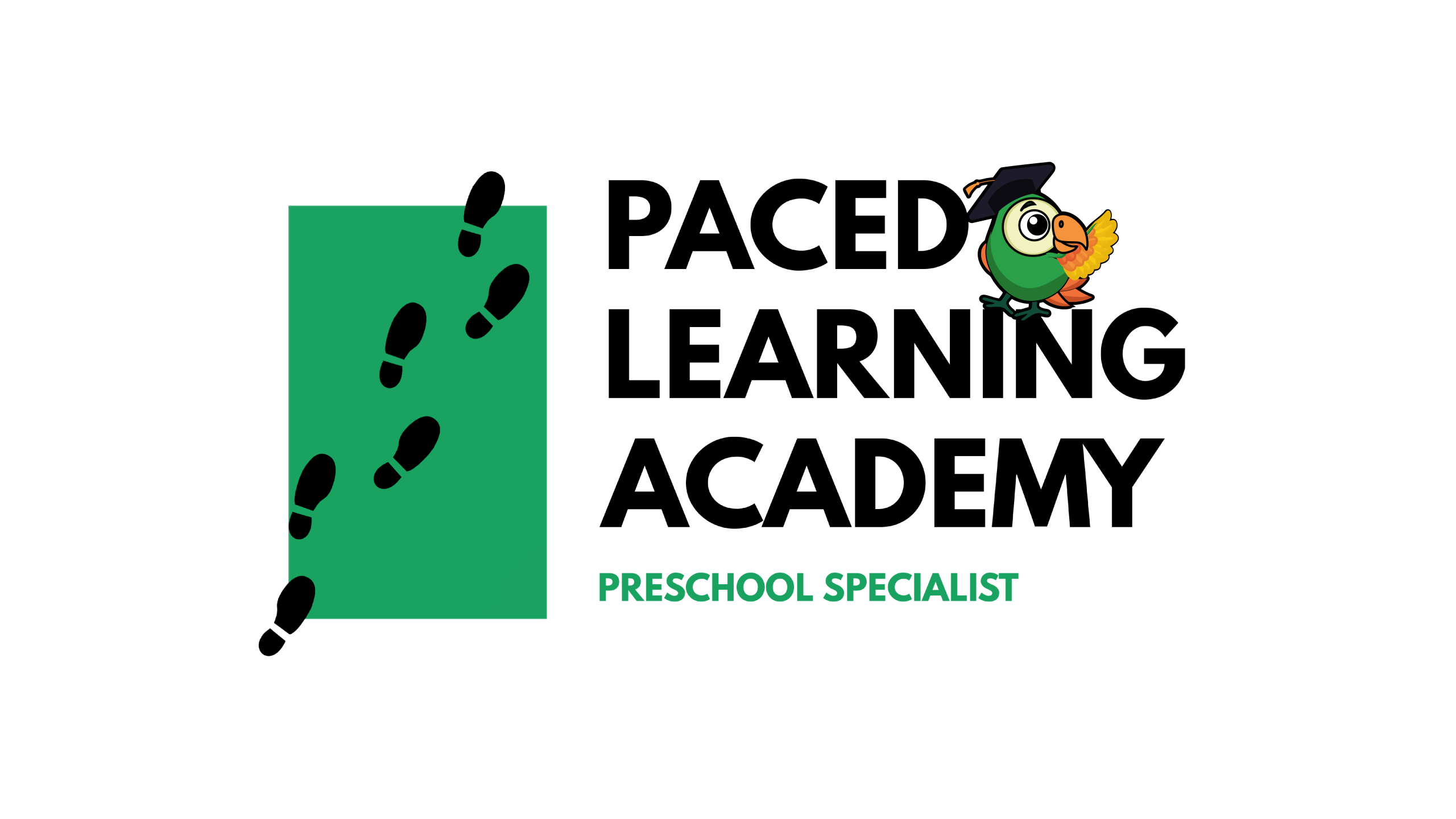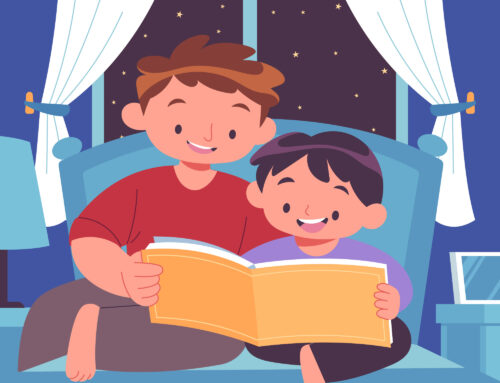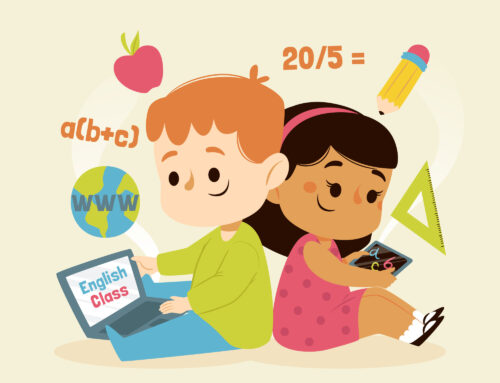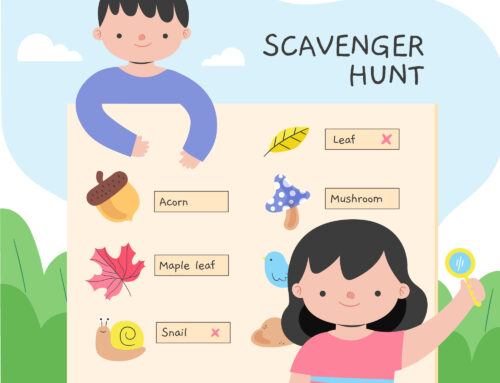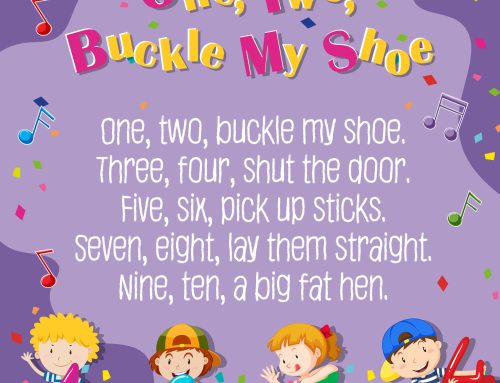
Sensory Learning and Phonics: How Touch, Sight, and Sound Improve Retention
Phonics is a fundamental part of learning to read, but for many young children, traditional approaches may not be enough to make sounds and letters stick. Sensory learning — incorporating touch, sight, and sound — has been shown to significantly boost memory and engagement in early literacy. By involving multiple senses, children build stronger neural connections that support long-term retention and deeper understanding of phonics concepts.
In this blog post, we’ll explore how sensory learning enhances phonics teaching, why it’s effective for preschoolers and early readers, and how to integrate these strategies through phonics classes, online phonics programs, and at home.
📚 What Is Sensory Learning in Phonics?
Sensory learning involves engaging more than one sense to reinforce a concept. In the context of phonics, this means combining auditory (hearing), visual (seeing), and tactile (touching) experiences while teaching letter sounds, word patterns, and syllables.
For example, instead of simply hearing the sound of the letter m, a child might:
- 👂 Hear the sound: /m/ as spoken by the teacher
- 👀 See the letter: ‘M’ on a flashcard or screen
- ✋ Trace the shape: using fingers on sandpaper letters or textured cards
This multi-sensory approach creates stronger connections between the symbol and its sound, helping children better retain what they learn.
✋ How Touch Enhances Phonics Learning
Tactile activities allow children to use their hands to explore letters and sounds. Research shows that physical involvement in learning activates the brain differently, improving memory and motor skills.
Examples of tactile learning in phonics:
- Tracing letters in sand, rice, or shaving cream
- Using clay or playdough to form letters
- Tracing letters with fingers on textured paper or in the air
- Tapping out syllables with fingers or clapping
Many early reading programs for preschoolers include these activities as essential components. Touch not only makes phonics fun, but it also supports kinesthetic learners who need to move and feel to understand.
👀 How Sight Supports Letter and Sound Recognition
Visual learning helps children connect spoken sounds to printed letters and words. Children with strong visual memory are often quick to identify letter patterns and decode words. Effective online phonics classes and reading programs for kids use a variety of visual tools to support this connection.
Visual strategies include:
- Flashcards with images and letters
- Color-coding vowel teams or syllable types
- Using visual cues and icons to represent sounds
- Highlighting common patterns like Magic-E or digraphs
Effective phonics programs incorporate slides, videos, and animations to reinforce visual recognition. For example, an animated video showing a Magic-E “jumping” to change cap into cape helps children understand this concept visually and logically.
🔊 How Sound Reinforces Phonics Concepts
Phonics is, at its core, a sound-based system. Children must learn how letters and combinations of letters represent specific sounds. Listening to correct pronunciation, repeating sounds, and matching sounds to symbols builds strong auditory discrimination.
Auditory-focused activities include:
- Repeating phoneme sounds aloud
- Rhyming games and songs
- Segmenting and blending sounds in spoken words
- Listening to read-alouds or phonics songs
Interactive phonics classes often include music, chants, and repetition, which are key to reinforcing phonics through sound. Children become more aware of how words are built, and this awareness supports spelling and reading fluency.
🧠 How to Combine Sensory Learning in Phonics Lessons
A well-rounded phonics program integrates all three sensory elements. Whether your child is joining an online phonics course, attending an in-person phonics class, or looking for an online phonics program at home, here’s how multi-sensory learning might look in a lesson:
Example Activity 1: Teaching the word “make” (Magic-E concept)
- ✋ Touch: Have the child build the word with magnetic letters, feeling each piece.
- 👀 Sight: Show the word on a flashcard with the Magic-E highlighted in a different color.
- 🔊 Sound: Say the word slowly together, emphasizing the long A sound caused by the silent E.
Example Activity 2: Practicing syllables
- ✋ Touch: Clap hands or tap table for each syllable in multisyllabic words like “picnic” or “butterfly.”
- 👀 Sight: Use cards with words broken into syllables visually (pic-nic, but-ter-fly).
- 🔊 Sound: Say each syllable aloud with emphasis to help children hear the word parts.
Example Activity 3: Letter sound review
- ✋ Touch: Trace lowercase letters in sand while saying the sound.
- 👀 Sight: Match letter cards with pictures that begin with the same sound (e.g., S for sun).
- 🔊 Sound: Listen to audio clips or say the sounds together, focusing on clarity and repetition.
These types of activities are often found in interactive phonics lessons, available both in physical classrooms and digital formats.
🌟 Benefits of Sensory Learning in Phonics
- ✅ Improved Retention – Children remember phonics rules better when they’ve seen, touched, and heard them.
- ✅ Enhanced Focus – Multi-sensory activities keep kids engaged longer and reduce distractions.
- ✅ Supports All Learning Styles – Whether your child is visual, auditory, or kinesthetic, sensory phonics lessons cater to their strengths.
- ✅ Builds Confidence – When children succeed in remembering and applying what they’ve learned, they become more confident readers.
The multi-sensory approach is a key component of many effective phonics classes, as it helps engage children in a way that caters to their different learning styles, ensuring they not only grasp phonics concepts but also retain and apply them more effectively.
📘 Choosing a Phonics Program That Uses Sensory Learning
When looking for phonics classes for your child, it’s important to seek programs that incorporate:
- ✋ Tactile activities
- 👀 Visual tools and materials
- 🔊 Interactive audio, songs, and guided pronunciation
Our phonics programs are designed with these elements in mind. Whether through our in-person phonics class in Kovan or Canberra, or through our engaging online phonics class, we help children master reading through touch, sight, and sound.
We also offer a variety of special holiday programs, designed to keep your child’s learning journey consistent even during the school breaks. These programs are perfect for reinforcing the skills they’ve developed and introducing new phonics concepts in a fun, interactive way, helping them stay on track and build confidence as they progress with their reading abilities.
🎯 Ready to boost your child’s reading skills? Explore our sensory-rich phonics programs today and give your child the confidence to read, decode, and succeed!

